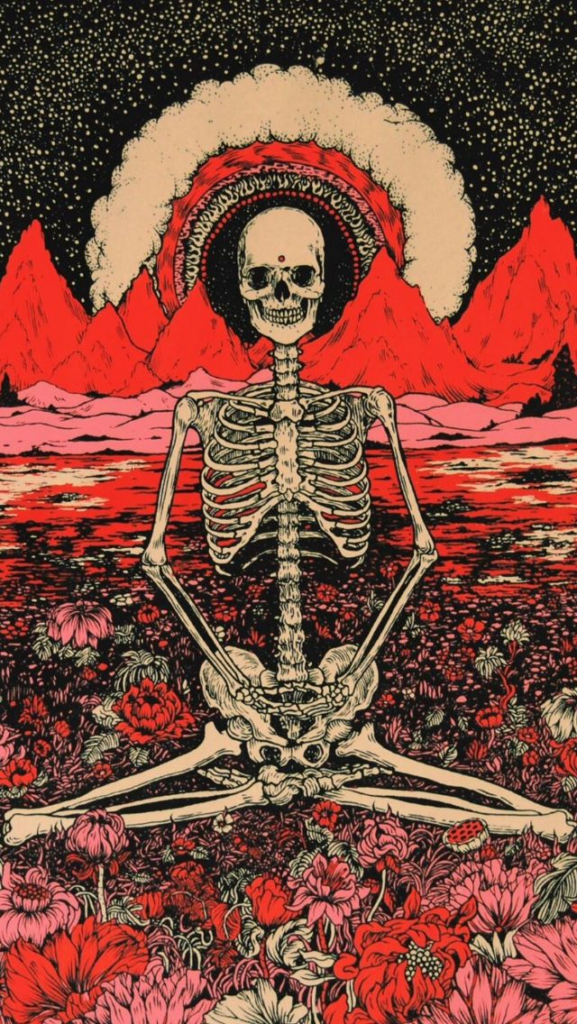For the Orlanthi, intoxicating beverages include wine (for feasts and religious celebrations), beer (for everyday drinking and enjoyment), cannabis, hazia, dreamweed, opium, and a variety of mushrooms. Wine and beer are often “flavoured” with herbs or narcotics. The Dara Happans have always considered the Orlanthi to be effeminate and soft, prone to overindulgence and passion, and overly fond of luxuries. I think the Orlanthi fondness for intoxicants (remember Orlanth himself regularly dosed himself up with Crazy Widebrew before questing) is part of this.A good Lunar Heartlander looks at the Orlanthi as a people ruled by their women, without self-constraint, undisciplined and disorganised. They are easily bought but do not stay bought. They are effeminate – their tattoos and makeup prove it, and their concern about hair and other display reinforces that. Their women go bare-breasted and couple like animals, discarding their husbands for lovers.At the same time, I suspect that the Lunar elite clandestinely indulge in “Orlanthi vices” and a good living can be made bringing Orlanthi drinks and narcotics into the Heartlands.
![]()
![]()
Hazia is more of an opiate. It is not opium. Hazia is a euphoric substance derived from the crushed stamens of a plant native to the Stinking Forest.
I see hazia as being not unlike kava, the psychoactive mind-opening root that has been used as a ceremonial, religious, and social libation across the Pacific islands for thousands of years. Of an evening folks in Vanuatu retire to a nakamal – a sort of village club house – to ritualistically and convivially drink kava from a communal bowl. For even seasoned drinkers it’s very bitter, and your tongue goes numb (speaking from experience here). But unlike alcohol which can make people querulous, the more kava you take the more relaxed and open-minded you become. Even though the puritanical leadership in Sun County Prax have banned the practice, I imagine the farmers there still sneak off to huts hidden in the fields to take hazia to shrug off their cares for a while and be at peace with the universe.
Drug addiction probably is reasonably common – at least psychological addiction. We know hazia is very addictive (see the rules), although cannabis and mushrooms are not physically addictive. Based on my players, it is rare I have a party of adventurers without at least one addict.
For example, I often imagine that at the charnel grounds where corpses are burned, Humakti often throw intoxicating herbs into the coals and then stand around contemplating Death.

And thus this might well be a common Humakti motif:
As for the Lunars, they traditionally drink beer made of maize or barley, or rice wine.
So contrary to the stereotype of the Lunars having lots of exotic delicacies, the basic staples of the Pelorian lowlands are maize, barley, and rice. Fish, pork, and fowl are the main meats; cattle and sheep are more common in the Provinces and in Sylila and Doblian. The exotic foods – wine, spices, herbs, etc. – are imported from elsewhere, either Dragon Pass or Kralorela.
Many noble city dwellers in the Heartlands make virtue of the less varied traditional Pelorian diet, holding that its simplicity makes the Heartlanders stronger and more virtuous than the Orlanthi, with their spiced meats, chilled wines, and intoxicants.
The main purpose of smuggling is to avoid tax and toll, or to get around cult monopolies. I don’t think the Sartarites prohibit narcotics at all and in fact would likely find the idea odd.But they do impose tolls on goods and markets, and people do try to avoid them. In truth, that’s what most smuggling in history has been about.
Apple wine (apple cider) is very common. But it is probably more seasonal than beer or wine.
But also it is worth keeping in mind that Orlanthi and Lunar cultures are very different. Meanwhile the Orlanthi are likely telling stories about how the Lunars keep their wives locked in harems, how they only interact with prostitutes or priestesses (and can’t tell the difference), how they are afraid of sex with women (that’s why they represent the vagina as Gorgorma, of course), their fear of nudity, and so on. And their taboos! I mean those Dara Happans are worse than Yelmalions or Humakti, and get nothing for it. And remember that the Yelmalions worship Ernalda, and not tame and obedient Dendara.
I suspect that the distance between most urban Lunars and their rural Lodrilli peasantry is as far away as Dragon Pass. We all know that the Pelorian rice and barley farmers rut like animals, have no true marriage just couplings, are lazy and deceitful, and always put their own belly first. They need to be ruled like children, sternly and fairly.
I’m interested in the recreational alcohol and drug use of Lodril farmers. Rice wine, maize and barley beer, and lots of it.
